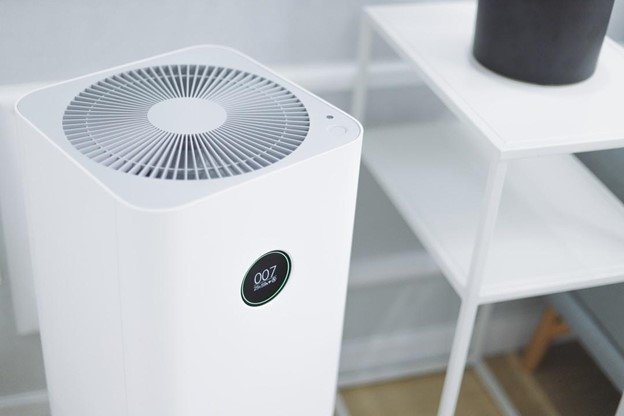Creating a safe and comfortable environment is a priority for most homeowners. What many people don’t realize is how big of a role airflow plays in your day-to-day quality of life at home.
However, without proper airflow, you and the other members of your household may be at risk of developing health problems or worsening the spread of viral illnesses like COVID-19.
Given that it is more important now than ever to protect yourself and your family, it’s smart to take the steps you can make sure your home is properly ventilated. If you’re not sure where to start, read on for some easy ways to improve your home’s airflow.

How can You Improve the Airflow in Your Home?
There are several ways you can improve your home’s airflow. If you’re experiencing problems with airflow and ventilation in your home, you should always start by making sure your HVAC system is in good working order.
It should be inspected thoroughly at least once annually and have the filter changed every 90 days. Anyone behind on HVAC maintenance may find that their HVAC unit may be the primary source of their issues with maintaining proper airflow.
Those who live in an area where the outdoor air isn’t polluted or unsafe should consider opening their windows as much as they can. Ideally, you should open more than one window in order to get air circulating around your home.
Read Also:
When you can’t open windows, the bathroom, stove, and exhaust fans can be a good option for improving air circulation and ventilation.
Those with allergies or a significant problem with contaminants in their home should consider purchasing a portable, high-efficiency particulate air (HEPA) cleaner. When choosing a HEPA filter, make sure you select a model that is the appropriate size for the room you intend to put it in.
The best way to do this is to choose a fan system with a clean air delivery rate (CADR) that meets the square footage of the room where it will be used.
Why is Proper Airflow Important?
Proper airflow is required if you want to protect your indoor air quality. You may not realize it, but the side effects of poor air quality from a health and safety perspective can be severe.
Breathing in polluted or contaminated air has been linked to several types of heart and lung problems. Some conditions that can be caused by poor airflow and air quality are coronary artery disease, emphysema, respiratory infections, stroke, and cancer.
Other conditions can be worsened by poor air quality, including asthma, chronic obstructive pulmonary disease (COPD), cardiovascular disease, and diabetes.
Air circulation and ventilation should be a priority for maintaining a healthy indoor environment all the time, but the risks posed by COVID-19 should underscore the necessity of having clean indoor air.
The CDC has said that improving ventilation should be part of a comprehensive strategy to reduce the spread of COVID-19. Since virus particles spread more easily indoors than outdoors, it’s essential to be even more careful when indoors.
It has never been more important to protect the quality of the air in your home and to maintain proper air circulation. Many homeowners don’t know what steps to take to do so, which can leave them vulnerable to the health problems caused by many common airborne contaminants.
Regular HVAC maintenance should always be taken care of, as your HVAC does the heavy lifting when maintaining air circulation in your house. Other simple lifestyle changes like keeping the windows open can also make a difference.
The added risk posed by COVID-19 has made it even more important to take care of each home’s air, so it’s a good idea to find ways to invest in yours.










